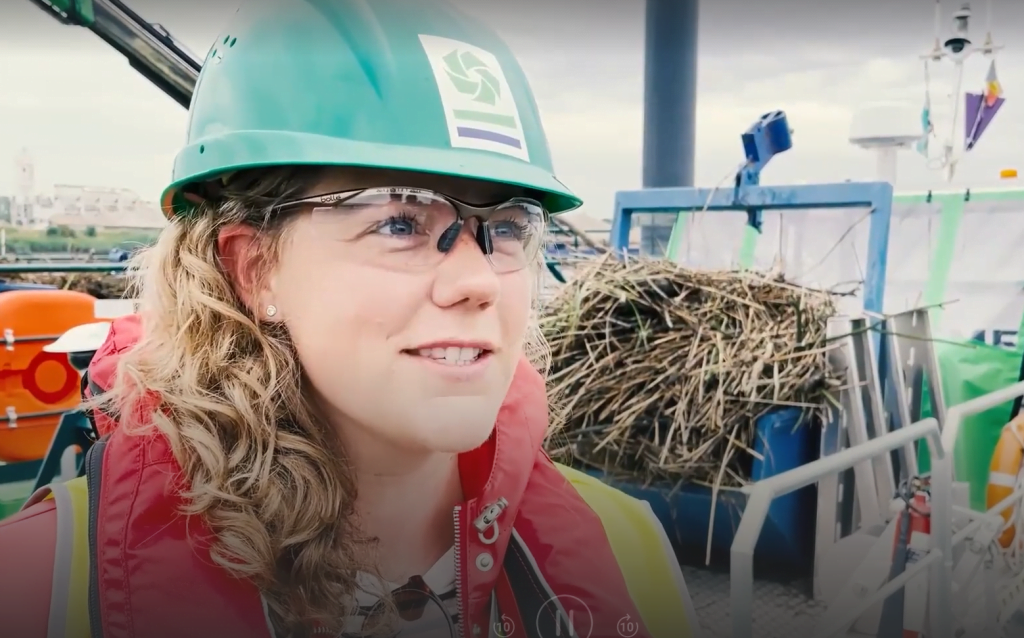On October 1, 2020, Deme's 'plastic catcher', which actually fishes much more than plastic from the Scheldt, was officially launched. This happens without human intervention. So there is no man on board the pontoon or the boat. Deme first installed the plastic trap between Bornem and Temse, because the situation is most difficult here.
Since the start in October 2020, more than 45 tons of waste have been caught and fished up from the Scheldt at the request of the Flemish Waterway. Tree trunks are caught, but also all kinds of plastic waste, ranging from plastic ear sticks to plastic pots and bottles. A mixed bag, even pots with oil are still caught in the Scheldt. The floating waste processor continues to surprise each other. The capture of large logs is remarkable, especially because they can cause a lot of damage to shipping.
The project is very strictly controlled and there is no question of catching fish by this technique. Of course, a lot of attention was paid to the design of the plastic trap to prevent the capture of fish. Deme employee Edouard Storme monitors everything from his desk, which is located in a container close to the Scheldt bridge. When the pontoon is full, the boat will automatically lie next to it and he has to operate a crane to dump the waste into a blue bin. But even the crane can be operated from behind his desk.
Also read: Van Kaathoven collects waste with an electric Volvo


